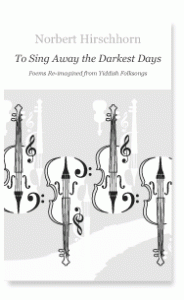From East Europe to the East Bay: 100 Years After Emigration, a Bar Mitzvah in Berkeley
I’ve spent so much time writing about my paternal family history–particularly the refugee histories of my dad’s parents–that it sometimes seems as though my mom’s side doesn’t get very much attention. But appearances can be deceiving–just because I haven’t written quite so much about my maternal ancestors doesn’t mean that I don’t think about them. This past week, in fact, I’ve been thinking about them quite a lot. And that’s because I’ve just returned from several days in Berkeley, Calif., a trip occasioned by the Bar Mitzvah of my eldest cousin’s elder child.
My dad is an only child, and my mom is one of two siblings. My sister and I have three first cousins. Gathered together for the Bar Mitzvah, I found myself thinking again about our common past and the significance of our gathering in Berkeley for A’s Bar Mitzvah. I realized (and confirmed via the Ellis Island/Port of New York records) that it was 100 years ago–during the summer of 1913–that our grandmother’s father Jacob had left Eastern Europe to immigrate to the U.S. He left behind his wife (Yettie, after whom I am named), my then-infant grandmother, and two more children (twin daughters, then in utero).
Theirs was not an unusual story. (more…)

